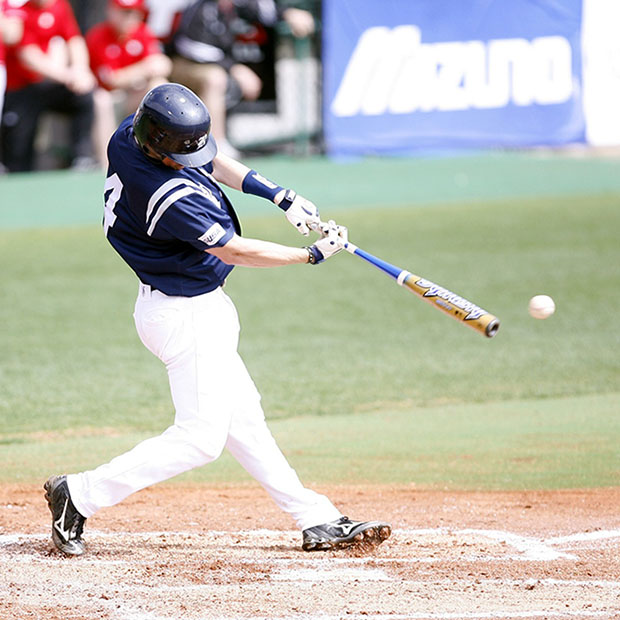The Connection Between Sports and Vision

Being a successful athlete isn’t just about speed and strength — it’s also about vision.
In order to be able to perform at their peak physical ability, athletes also need to be able to see and effectively and quickly process and respond to visual information, and that involves a number of different things, some of which it is possible to improve.
Important Visual Skills for Athletes
Some of the most essential visual skills athletes use include:
- Color vision. This one might seem surprising, but it can be harder to spot the difference between a teammate and an opponent if you can’t tell the difference between their jersey colors.
- Depth perception. It’s difficult to effectively play a sport without being able to judge distances.
- Dynamic visual acuity. Athletes need to be able to see fast-moving objects as clearly as possible.
- Eye tracking. Similarly, athletes need to be able to track those fast-moving objects with their eyes instead of having to constantly turn their heads, which can jeopardize balance and reaction time.
- Eye-hand-body coordination. Being able to position your hands, feet, and body according to what you are seeing is essential in sports.
- Peripheral vision. Athletes need to be able to see what’s happening in the corners of their eyes in a game, not just right in front of them.
- Visual concentration. There can be a lot of distractions in an exciting game, so a good athlete needs to be able to focus only on what matters.
- Visual reaction time. An athlete must be able to process and respond to visual information extremely quickly in order to get into position.
- Visualization. Athletes need to be able to play out different scenarios in their minds so they can be ready for different obstacles or opportunities in a game, and they need to be able to do this while still focusing on what’s happening in the moment.
- Visual memory. Athletes often need to keep a lot of visual information in their heads as they play, including positions of players based on where they last saw them.
Train Your Visual Skills Anywhere
The good news for anyone looking to become a better athlete is that many of these visual skills are ones we can improve. Unlike with training the body, though, this won’t involve going to the gym. A good way to exercise depth perception is to repeatedly put a cap on a pen while holding it at arm’s length or to hold a small pebble at arm’s length and try to drop it into a drinking straw.
We can train our peripheral awareness by turning our heads to the side while watching TV or a computer screen. We can keep our eyes more flexible by practicing focusing on near objects and then quickly looking at objects farther away. If you happen to have a record player, you can also practice dynamic visual acuity. Cut out different sized letters from a magazine and tape them on the turntable, then see if you can identify them while it rotates at different speeds.
Look Sharp, Athletes!
Healthy eyes and strong vision skills are some of the most important tools an athlete needs to succeed. If you’d like more tips on how you can work on vision skills, or if you have any questions or concerns about your vision health, let us know!
